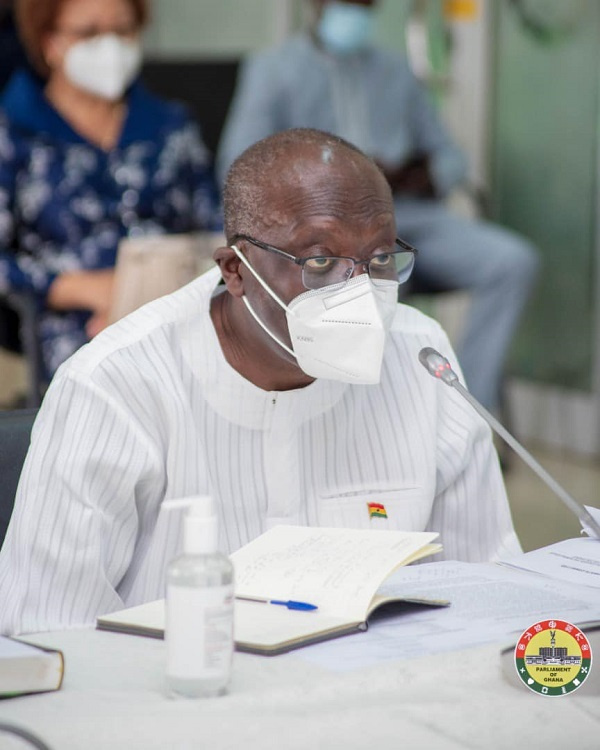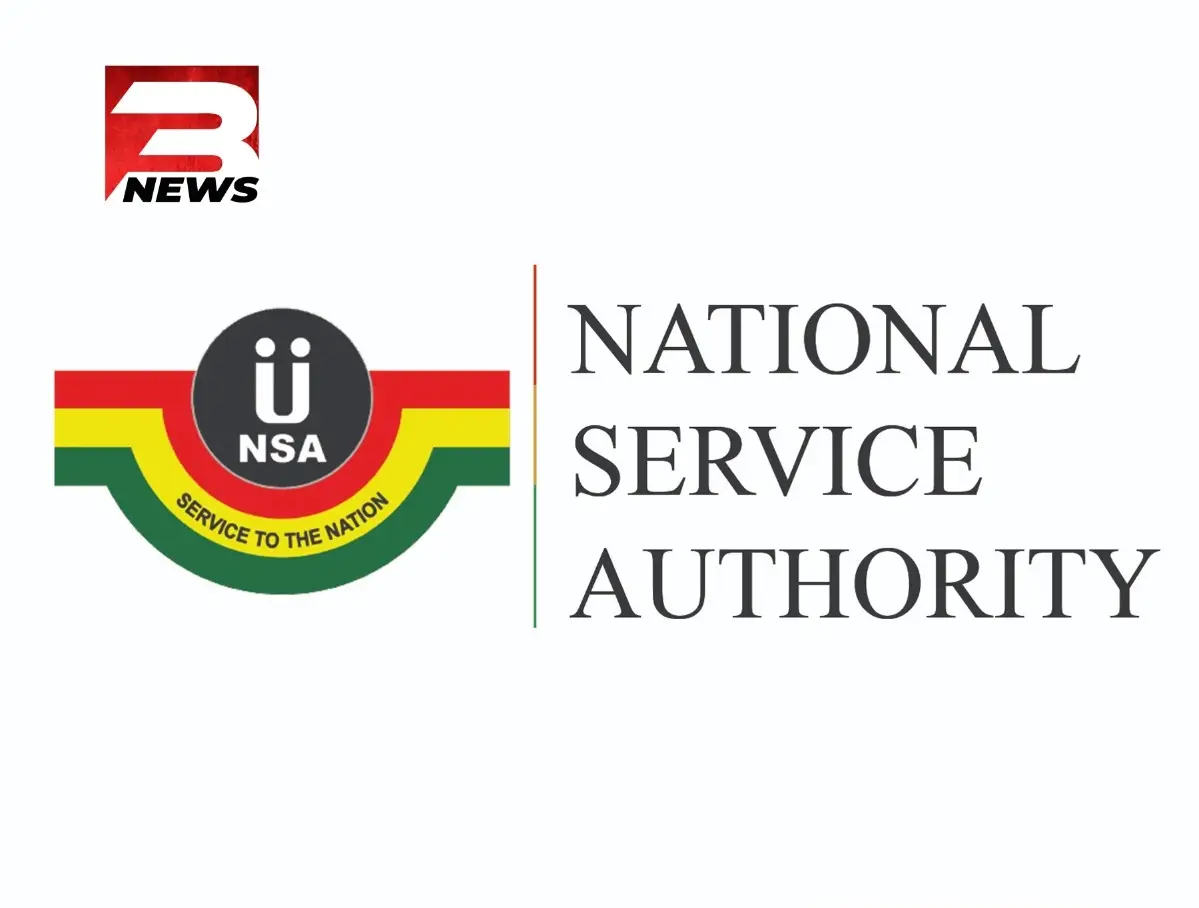
Delivering the mid-year budget review on Thursday, July 29, 2021, Mr Ofori-Atta said “total assets increased by 17.2 per cent year-on-year to GH¢162.9 billion as of June 2021, lower than the 23.2 per cent growth recorded a year ago.”
He said the increase in assets resulted mainly from deposits, which recorded an annual growth of 22.5 per cent to GH¢110.3 billion – higher than the corresponding growth of 19.1 per cent in June 2020.
Mr Ofori-Atta reported that credit growth remained sluggish due to the pandemic, with Net Advances increasing by 5.5 per cent to GH¢41.1 billion in June 2021, substantially lower than the 14.7 per cent annual growth in June 2020.
Despite the “sluggish growth” in Net Advances, the COVID-related regulatory reliefs and policy measures continued to support new lending activities in the banking sector, with New Advances amounting to GH¢16.0 billion for the first half of 2021, compared to GH¢15.8 billion for same period in 2020, he added.
Real credit to the private sector, according to him, is expected to expand, as the recovery process takes hold and project to grow by 2.6 per cent, in real terms, by the end of the year, an improvement over the 0.2 percentage point recorded in 2020.
However, he pointed out, in line with the recovery process, real credit to the private sector is expected to remain strong over the medium-term.
The Financial Soundness Indicators (FSIs) of the banking sector, he noted, remained strong and healthy, underpinned by improved solvency, liquidity, and profitability indicators.
Return on Assets (RoA) and Return on Equity (RoE) as of June 2021, were 4.7 per cent and 21.2 per cent, respectively, comparable to the respective ratios of 4.1 per cent and 20.6 per cent at end-June 2020, he announced to the house.
Also, he mentioned that the Capital Adequacy Ratio (CAR) of 20.8 per cent remained above the regulatory threshold.
The industry’s Non-Performing Loans (NPLs) ratio, he noted, however, worsened to 17.0 per cent in June 2021 from 15.7 per cent a year ago due to the pandemic-induced loan repayment challenges and sluggish credit growth.
According to the minister, overall, the impact of the pandemic on the industry’s performance was moderate, as banks remained liquid, profitable, and well-capitalised.
In the outlook, he observed that sustained balance sheet performance of the sector is expected to continue to year-end 2021 as economic activity gradually picks up.
This, he noted, should also support profit growth in the industry.
The projected easing in credit stance and increase in credit demand based on the latest credit conditions survey are expected to support credit growth going forward, Mr Ofori-Atta added.
The Bank of Ghana, he said, is committed to implementing policies and measures to ensure the stability of the sector in deepening financial intermediation and supporting the ongoing economic recovery process. Read Full Story













Facebook
Twitter
Pinterest
Instagram
Google+
YouTube
LinkedIn
RSS